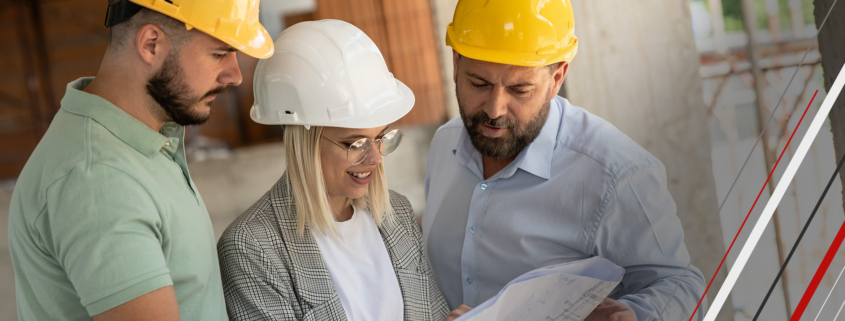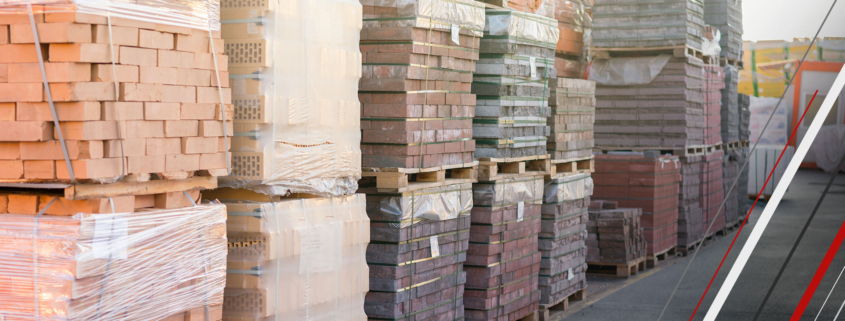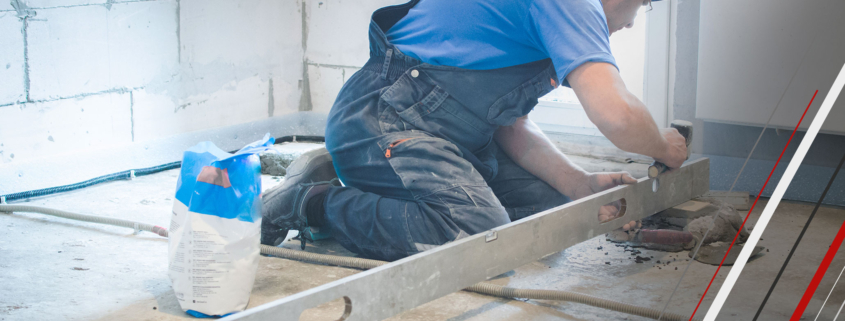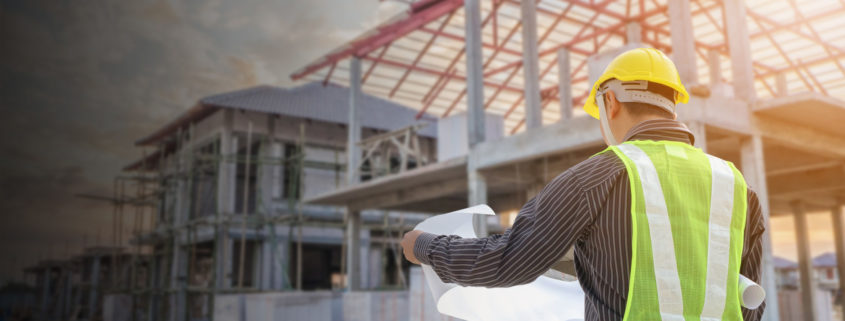Navigating Construction Regulations and Compliance
Navigating construction regulations and ensuring compliance is crucial for the successful execution of construction projects. Regulatory compliance helps avoid legal issues, ensures safety, and promotes sustainable practices. This post outlines the key aspects of construction regulations and provides practical tips for managing compliance effectively.
Understanding Key Regulations
Construction regulations cover various aspects, including safety, environmental impact, and building standards. Key areas to focus on include:
- Building Codes: These codes set the standards for the construction and design of buildings to ensure safety and functionality. Examples include the International Building Code (IBC) and local building codes.
- Zoning Laws: Zoning regulations dictate how land can be used in different areas, affecting where buildings can be constructed and what types of structures are allowed.
- Safety Regulations: OSHA (Occupational Safety and Health Administration) sets standards to ensure worker safety on construction sites.
- Environmental Regulations: These laws govern the environmental impact of construction activities, including waste management, pollution control, and resource conservation.
Obtaining Permits and Licenses
Securing the necessary permits and licenses is a critical step in regulatory compliance. Steps to consider:
- Identify Required Permits: Determine which permits are needed for your project, such as building permits, electrical permits, and environmental permits.
- Application Process: Prepare and submit applications with the required documentation, including site plans, blueprints, and environmental impact assessments.
- Inspections and Approvals: Ensure all inspections are completed and approvals are obtained before commencing construction.
Staying Updated on Regulations
Construction regulations can change frequently, making it essential to stay informed:
- Subscribe to Updates: Subscribe to newsletters and updates from relevant regulatory bodies and industry associations.
- Regular Training: Provide ongoing training for staff on the latest regulations and compliance requirements.
- Professional Advice: Consult with legal and regulatory experts to ensure your project complies with all current laws and standards.
Environmental Compliance
Environmental regulations are increasingly stringent, focusing on sustainable practices and reducing the environmental impact:
- Environmental Impact Assessments (EIA): Conduct EIAs to evaluate the potential environmental effects of your project and develop mitigation strategies.
- Sustainable Practices: Implement practices such as using eco-friendly materials, recycling construction waste, and conserving water and energy.
- Documentation: Maintain thorough records of environmental assessments, permits, and compliance measures to demonstrate adherence to regulations.
Safety Compliance
Ensuring safety compliance is crucial for protecting workers and avoiding legal penalties:
- Develop Safety Plans: Create comprehensive safety plans that outline procedures for preventing and responding to accidents and emergencies.
- Training and Education: Regularly train employees on safety protocols, equipment usage, and emergency response.
- Inspections: Conduct regular safety inspections to identify and rectify potential hazards.
Quality Control and Standards
Adhering to quality control standards ensures that the final construction meets regulatory and client expectations:
- Set Quality Standards: Define clear quality standards for materials, workmanship, and construction processes.
- Inspections and Testing: Regularly inspect and test materials and construction work to ensure they meet the required standards.
- Documentation: Keep detailed records of quality control inspections and test results to demonstrate compliance.
Managing Documentation
Proper documentation is essential for demonstrating compliance and avoiding legal issues:
- Organise Records: Maintain organized records of all permits, licenses, inspections, and compliance measures.
- Digital Solutions: Use construction management software to keep track of documentation and ensure easy access when needed.
- Regular Audits: Conduct regular audits to ensure all documentation is up-to-date and accurate.
Working with Stakeholders
Engaging with stakeholders is crucial for smooth regulatory compliance:
- Communication: Maintain open communication with regulatory authorities, clients, and other stakeholders.
- Collaboration: Work collaboratively with local authorities and community members to address concerns and ensure compliance.
- Transparency: Be transparent about compliance measures and progress to build trust with stakeholders.
Navigating construction regulations and ensuring compliance requires diligent planning, continuous monitoring, and effective communication. By understanding key regulations, obtaining necessary permits, staying updated, focusing on environmental and safety compliance, maintaining quality standards, managing documentation, and engaging with stakeholders, construction projects can run smoothly and successfully. Prioritising compliance not only avoids legal issues but also enhances the reputation and success of construction companies.
If you would like to discuss please contact us to arrange a consultation with one of our experts.









